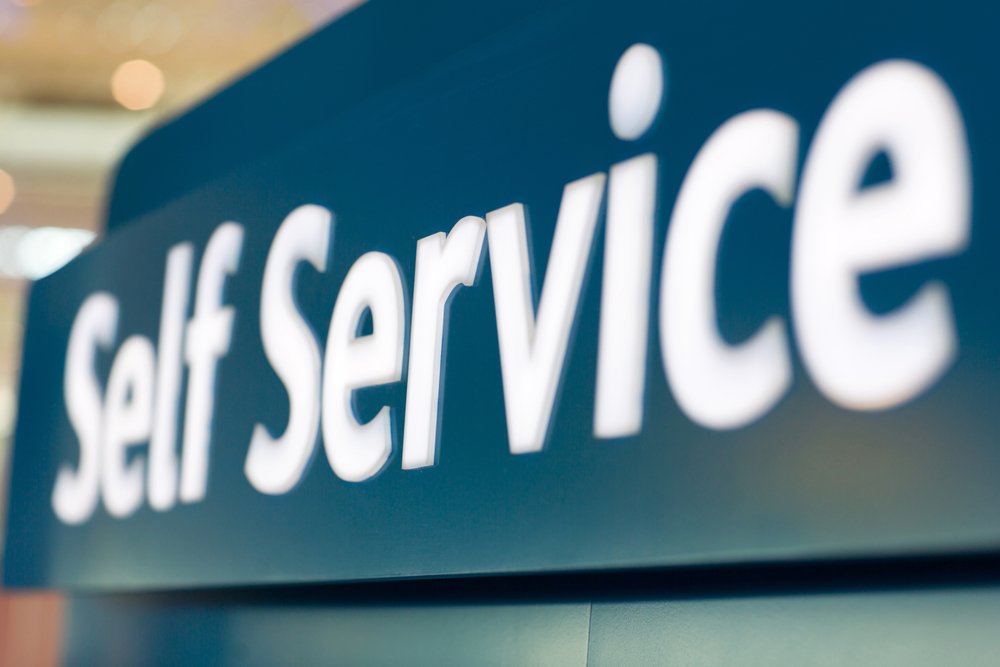White Paper: Self-Service Isn’t Self-Serving!
The Internet has transformed the way we shop – to the point where we take it for granted that a couple of clicks on a site such as Amazon will deliver a product to our doorstep the following day. It is easy to forget that the e-commerce world has had to learn a number of painful lessons along the way. For example, breaking the vital bond of trust with the consumer because of issues such as cybercrime, below-standard products or poor customer service. Now, thanks to advancements in secure payment technology, customer benefits (free postage, next day delivery etc.) and simpler user interfaces, online retail is a rapidly growing market – from 3.6% of total retail sales in September 2007 to 18.1% in September 2019.

White Paper: Self-Service Isn’t Self-Serving!
Clearly, self-service is the name of the game. So, why are IT Service Providers lagging behind?
The most recent Service Desk Benchmarking Report produced by the Service Desk Institute (SDI) revealed that 58% of organisations offered self-service options in 2017 – 2% more than in 2015. However, those options only accounted for 21% of calls that year – only 1% more than in 2015.
In other words, while there is a high, and growing, proportion of IT Service Providers offering self-service, the actual take-up of this service remains low.
This should come as a surprise given that self-service can deliver enormous benefits to the user, business and service provider, such as improved customer experience, responsiveness, availability of support and reduced costs. However, the SDI’s findings align with my own experience -particularly with internal service providers.
So, why is the take-up of self-service so low? And what can service providers do to combat the issue of the wary customer?
Let’s get to the heart of the matter: self-service capability is typically implemented as part of an ITSM tools implementation, sometimes as a by-product. ITSM tool implementations are notorious for focusing too much on the technical aspects at the expense of other critical success factors and user functionality.
Such projects often fail to recognise that self-service will only become a customer’s channel of choice when they successfully change customer behaviour. This is notoriously difficult because of the issues surrounding trust outlined in the first paragraph. Habits are hard to break, and so customer behavioural change only comes when there is a compelling reason to do so – i.e. ‘what’s in it for me?’.
For this change of habit to occur, the first step for any IT Service Desk provider is to recognise that the implementation of self-service should be treated as an organisational change project.
Download the full white paper here
Can your self-service offering be more effective? Get in touch
Written by Eddie Potts, a Principal Consultant at Pink Elephant
Source: Office of National Statistics
https://www.ons.gov.uk/businessindustryandtrade/retailindustry/timeseries/j4mc/drsi
